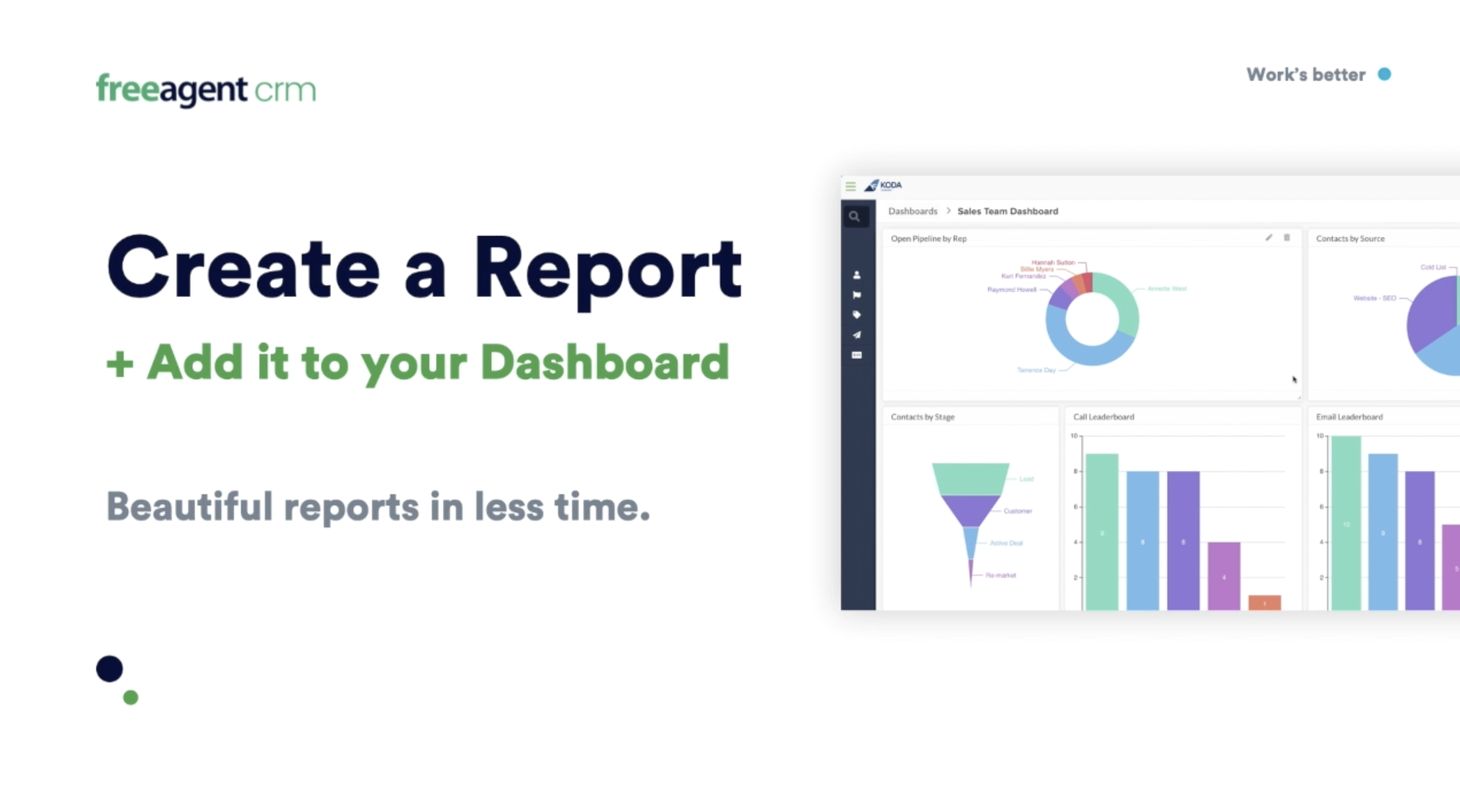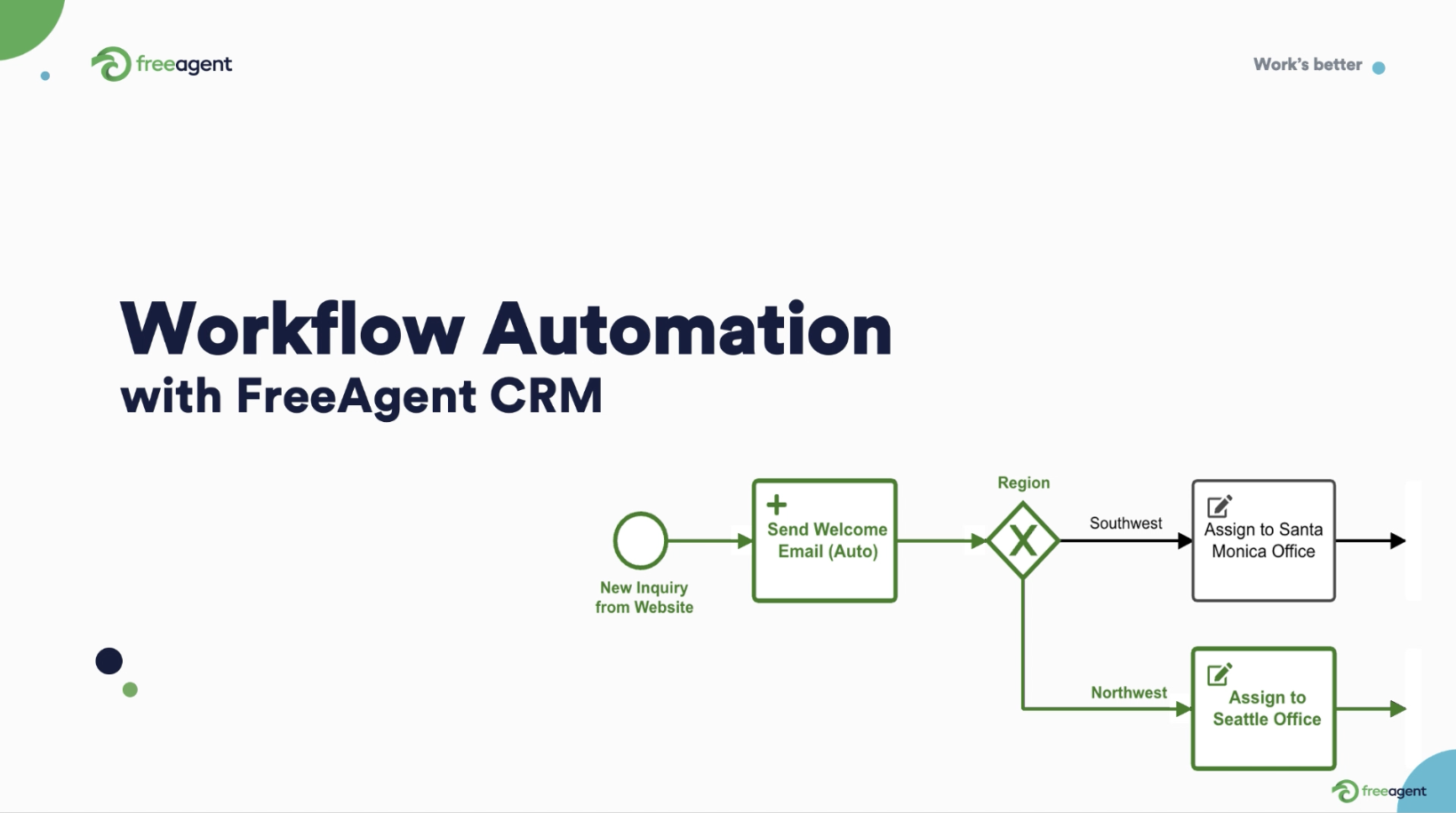Email is one of the most widely used marketing and communication tools, and it’s bound to stay that way. Despite multiple advancements in communication tech, email usage continues to increase each year.
Compared to other channels, email marketing ROI remains the highest, especially when resources are limited. Email is the one tool that every business should invest in regardless of their strategy.
As we move forward, more companies are designing their systems and businesses around email, allowing for better integration capabilities.
To help you better understand how people use email today, we collected 13 email usage statistics you need to know in 2023.
Let’s dive right in.
1. Approximately 4.37 billion people use email (Source)

These numbers have been increasing steadily by more than 100 million each year, and projections indicate the total number of email users will reach 4.594 billion by 2025.
For comparison, in 2017 there were 3.718 billion email users. Despite the growing presence of various chat apps and mobile messengers, email remains integral to online communication.
In the professional world, even with widespread use of apps like Slack, ClickUp, Asana, and Calendly, email still remains an important tool. And most of these tools use email as a backup to send notifications.
Email also remains the number-one tool for signing up for new websites, social media platforms, and newsletters.
That’s why email usage is forecasted to continuously increase as we move forward.
However, despite email usage increasing year after year, the growth rate is relatively the same.
In any case, this isn’t indicative of how many people use their emails daily, especially if they have multiple emails.
2. More than 347 billion emails are sent and received every day (Source)

Projections estimate this number will reach 376.4 billion by 2025. This is compared to 2017, when 269 billion emails were sent and received every single day. Since that time, there has been a steady, significant increase in the total number.
That said, these figures include all the automated emails sent by various websites and companies. It also includes all the notification emails sent by social media platforms, tools, and other software.
Furthermore, since email marketing has become the most popular marketing channel, many companies prefer to start off by contacting users via email.
Email is much cheaper than other marketing channels, which has helped drive this massive reliance on it. On top of that, it can be easily and heavily personalized in various ways. Also, email remains one of the few secure channels for the transfer of valuable information.
Marketers can utilize email marketing for all stages of the buyer journey. This means it can single-handedly help companies develop stronger connections with their users while also reaching new and different audiences.
That’s why almost 92% of the US digital population uses email as a form of communication today.
3. 86% of users have 2 or more email accounts (Source)

In a survey by Statista, 14% of respondents said they have only one email account. The remaining 86% have two email accounts or more. Of respondents, 37% reported having two email accounts, 21% said they have three accounts, and 28% said they have four or more active email accounts.
According to the survey, the majority of users have a primary personal email account, followed by either a backup personal email account or a work email account.
People that work and run a business tend to have more than two email accounts, considering they would need two work emails and one personal email account.
Meanwhile, some survey respondents prefer to have different email accounts for different uses. This may include a personal account, a work account, an account for financials, and an extra account for things like newsletter signups.
4. Fully remote workers receive an average of 170 business emails every week (Source)

Meanwhile, hybrid workers receive an average of 31 emails per week. This means fully remote workers tend to receive more than five times more business emails in a week than their hybrid counterparts.
That said, the total number of emails sent and received has declined as companies move toward communication platforms like Slack. And the use of project management and task management software further contributes to a decrease in the number of business emails that need to be sent each day.
Messaging over these apps has replaced email in some settings, especially for simple messages and reminders.
However, email still remains an important tool, especially for secure communications.
5. In March 2023, Apple had the highest market share for email client usage at 59.81% (Source)

Apple currently has the largest market share because of its Apple Mail Privacy Protection launch. It accounts for 53.95% of email client usage.
This is followed by Gmail with a 27.21% market share and Outlook with 4.42%. Here are the other top clients and their market shares:
- Yahoo! Mail at 2.91%
- Outlook.com at 0.66%
- Samsung Mail at 0.17%
Additional email clients include Orange and Windows Live Mail, which have market shares of 0.07% and 0.06%, respectively. Web.de also has a .06% share of the market.
Data about email client usage helps marketers make more informed decisions when it comes to email marketing strategies. It also helps enhance their email program’s design, coding, and overall focus.
However, marketers can’t see open rates, open times, device usage, or geolocation of users who opt for Apple’s Mail Privacy Protection program. For that reason, users who do not opt for Apple’s MPP are usually treated as a separate segment.
6. For business emails, Microsoft Exchange Online (34.09%) and Gmail for business (33.81%) have the highest market shares (Source)

As of March 2023, a total of 4.16 million companies use Microsoft Exchange Online, while 4.12 million companies use Gmail for business.
GoDaddy Email Hosting has the third highest market share with 14.96%. It’s used by 1.82 million companies worldwide.
These three email hosting clients take up the vast majority of the market.
Rounding out the top five are OpenSRS Hosted Email with a market share of 2.39% and 292,002 companies, and OVH Email Solutions with a market share of 2.31% and 281,831 companies.
7. Of all emails, 19% are caught by spam filters or end up missing (Source)

Meanwhile, the average deliverability rate of mail providers is 81% as of January 2023. This percentage is down from the previous study in April 2022, which found an 84.2% deliverability rate across all tools. In the March 2021 study, the deliverability rate was even higher at 88.9%.
The study found a direct correlation between high rates of emails flagged as spam and low deliverability rates.
It also found that email provider Benchmark had the highest spam rate and the lowest deliverability rate. When the same emails were sent through Constant Contact or ActiveCampaign, their deliverability rate improved. Meanwhile, ActiveCampaign had the lowest spam rate.
While your email tool has some effect on your spam rate, it mostly depends on how you craft your email.
For example, using generic templates, links, and inconsistent messaging often leads to your email getting flagged as spam. You need to understand how spam filters work and design your emails accordingly to improve deliverability.
8. 41% of all email opens come from mobile (Source)

This is followed by desktop computers, at 39%. Furthermore, 19% of all email opens come from tablets. Therefore, mobile and tablets combined account for 60% of all email opens.
As handheld devices become more user-friendly and complex, for many people they have become the preferred medium for staying up to date. This includes both personal email and work email, as well as other company communications.
The mobility of these devices contributes to the trend of being “always on.” Now that workers don’t have to be sitting at their desks to receive work emails, many are receiving and replying to these communications outside of work hours.
9. Of workers, 81% report checking email outside of business hours (Source)

Meanwhile, 63% of workers said they check their work email on days off and on weekends, and 34% said they check their work email while on vacation.
Now that remote work has become more common, the boundaries between business and personal hours have become more hazy. This has led to more people checking work emails more frequently throughout the day.
To improve work-life balance, 60% of remote workers assign themselves fixed hours each week for focused work. This helps prevent work from creeping into every part of their week. Of these 40% of remote workers, this is block out 1-5 hours per week for focused work, and 31% block out 6-10 hours.
10. If you send emails to over 1,000 prospects, only 8% of outreach emails receive a response (Source)

The response rate improves to 11% if you email between 200-1000 prospects. And if you send outreach emails to fewer than 200 prospects, on average you will receive a response rate of 18%.
If you’re targeting fewer than 200 prospects, you likely have extremely specific audiences. That improves your chances of receiving a response.
On the other hand, if you email more than 1000 prospects you’re likely focusing on volume. While this may reduce your overall open rate and reply rate, it may end up getting more conversions due to the sheer volume.
For example, an 8% reply rate with 1000 prospects means 80 conversions. Meanwhile, an 18% reply rate with 100 prospects means 18 conversions.
11. The average email open rate across all industries is 34.39% (Source)

These numbers from January 2023 also show a click rate of 1.43% and bounce rate of 11.75%.
Faith-based organizations have the highest open rate at 44.72%. They also have the highest click rate at 2.67% while having a low bounce rate of 8.6%.
On the other hand, technology services have the lowest email open rate at 17.75%. However, they have the second-highest click rate at 2.44% and their bounce rate is 11.51%.
The legal services industry has the highest bounce rate at 17.01%. It’s followed by the manufacturing and distribution industry with a bounce rate of 14.48%.
As a business, if your open rates are higher than the industry average, you’re already doing better than most. However, comparing industry averages with your averages can give you valuable insights into the effectiveness of your strategy.
For example, if you have a significantly higher open rate, it means your relationships with customers are much stronger, you have a loyal customer base, and your email marketing efforts are already top-notch.
That means you can focus additional resources on other marketing channels. Use CRM reporting tools to get a better idea of how well your email campaigns are doing and then diversify your efforts further.
Similarly, you can compare the average click rate and bounce rate for your emails.
You can further analyze user behavior by considering the open rate and bounce rate. If 30% of people are opening your email and you have a 10% bounce rate, that means 20% are interested in what you’re sending.
However, if you only have a 2% click rate, that means 98% of your audience isn’t convinced, whether or not they have an interest in what you sent in your email.
12. For 42% of email recipients, the average read time is more than 9 seconds (Source)

Meanwhile, 23% of recipients tend to skim their emails with a read time between 3-9 seconds, and 35% of recipients have an average read time between 1-3 seconds. This means they only glanced at the email and moved on.
Some marketers include glancing in the bounce rate because the recipient opens the email and closes it almost immediately.
In any case, it means recipients are at least opening your email. Based on your recipients’ reading times, you can then adjust the content of your emails.
For example, if people are only glancing at your emails, it may be a good idea to add some stimuli to get their attention.
This is also where advanced personalization can help as it may help get the user’s attention.
13. Roughly 75% of companies say email-based threats have increased (Source)

Meanwhile, two out of three companies report that a ransomware attack caused harm to their organization, and 59% of companies say cyberattacks continue to become more sophisticated.
Of the companies surveyed, 97% said that they have been targeted by phishing attacks via email in the past. Two out of three respondents believe companies need to spend more on cybersecurity.
On top of that, 98% of companies said they either have a system to monitor and protect against email threats or are currently in the process of rolling out a system.
Of companies surveyed in the study, 92% plan to or already are using machine learning and AI to improve their cybersecurity.
Google workspace applications and Microsoft 365 aren’t instilling perfect confidence, as 94% of companies think they need stronger protection than what those tools offer.
The good thing is that 99% of companies actively provide some type of cyber awareness training for their workforces.
Final Thoughts
Regardless of how many new marketing channels pop up, emails will remain the top-performing channel for the time being.
It’s one of the few channels that’s adopted by the majority of the global digital population. And, with steady growth in email usage, it’s positioned to stay relevant for the years to come.






